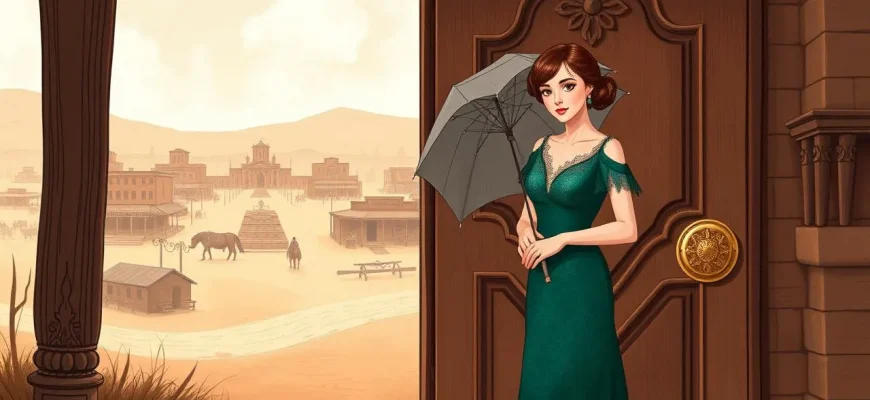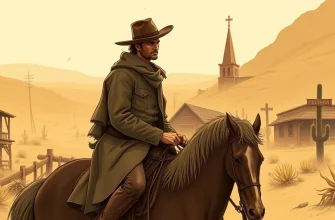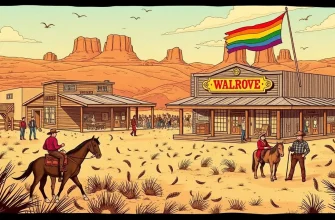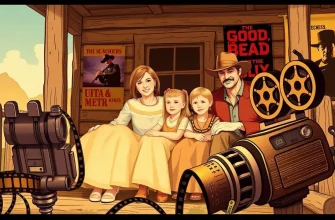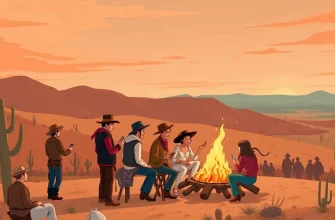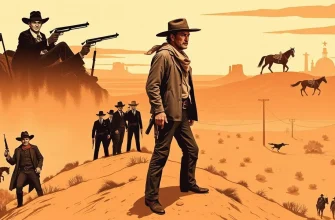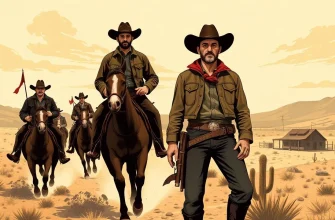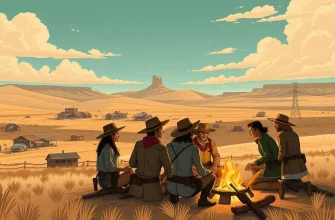The Wild West, often depicted as a land of outlaws and rugged individualism, also had its share of high society. This curated list of 10 films delves into the opulence, social intricacies, and the clash between the genteel and the rough in the Western genre. These films not only entertain but also provide a unique perspective on the social dynamics of the era, making them a must-watch for those interested in the intersection of wealth, power, and the frontier spirit.

The Man Who Shot Liberty Valance (1962)
Description: This film explores the transition from the lawless West to a more civilized society, with a focus on the clash between an educated lawyer and a notorious outlaw, highlighting the societal changes.
Fact: The film was shot in black and white to reflect the era's aesthetic and to avoid the color clash between the studio sets and the outdoor locations.
 Watch Now
Watch Now
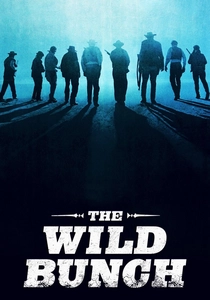
The Wild Bunch (1969)
Description: This film captures the end of an era for outlaws, with a group of aging bandits facing the encroachment of modern society, highlighting the clash between old and new values.
Fact: The film's graphic violence was groundbreaking for its time, leading to debates about film censorship.
 Watch Now
Watch Now
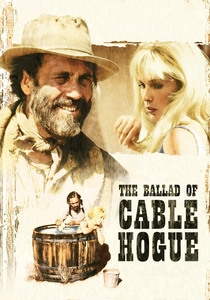
The Ballad of Cable Hogue (1970)
Description: A story of a man who strikes it rich in the desert, this film explores themes of wealth, isolation, and the transformation of the West, with a focus on the individual's place in society.
Fact: Sam Peckinpah, known for his violent films, here delivers a more light-hearted and comedic Western.
 Watch Now
Watch Now
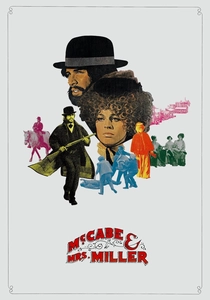
McCabe & Mrs. Miller (1971)
Description: This film examines the entrepreneurial spirit in the West, focusing on a gambler and a madam who build a business, showcasing the economic and social dynamics of frontier towns.
Fact: The film's ending was changed from the original script to be more ambiguous, reflecting the unpredictability of life in the West.
 Watch Now
Watch Now
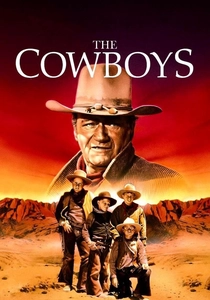
The Cowboys (1972)
Description: John Wayne's character hires schoolboys to drive his cattle, reflecting on the changing roles and responsibilities in a society where traditional ways are fading.
Fact: The film was one of the first to depict children in adult roles, challenging the norms of Western storytelling.
 Watch Now
Watch Now

The Life and Times of Judge Roy Bean (1972)
Description: This film tells the story of a self-appointed judge in the Old West, exploring themes of justice, law, and the establishment of order in a lawless land.
Fact: The film was based on the real-life figure of Judge Roy Bean, known as "The Law West of the Pecos."
 Watch Now
Watch Now
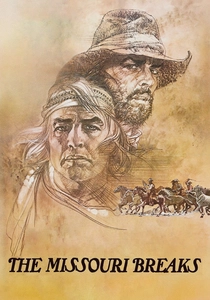
The Missouri Breaks (1976)
Description: This film pits a cattle baron against a horse thief, exploring themes of class conflict, land ownership, and the clash between old and new wealth in the West.
Fact: The film marked the first and only collaboration between Marlon Brando and Jack Nicholson.
 Watch Now
Watch Now
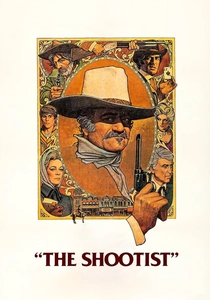
The Shootist (1976)
Description: John Wayne's last film, it portrays an aging gunfighter confronting his mortality in a changing world, reflecting on the end of the Old West and the rise of a new society.
Fact: Wayne was battling cancer during the filming, which added a poignant layer to his performance.
 Watch Now
Watch Now

The Great Train Robbery (1903)
Description: This silent film, one of the earliest Westerns, features a gang of outlaws robbing a train, showcasing the tension between lawlessness and the established order of society.
Fact: It was one of the first films to use narrative continuity and parallel editing.
 30 Days Free
30 Days Free

The Magnificent Ambersons (1942)
Description: While not a traditional Western, this film captures the decline of a wealthy family in the early 20th century, paralleling the fading of the Old West. Its themes of social change and the impact of industrialization resonate with Western narratives.
Fact: Orson Welles' original cut was significantly altered by the studio, leading to a much shorter and different film than intended.
 30 Days Free
30 Days Free

